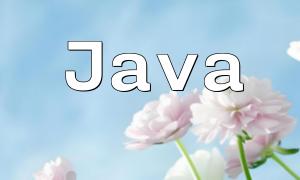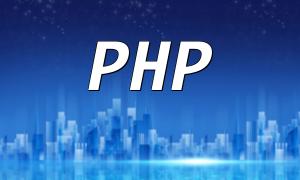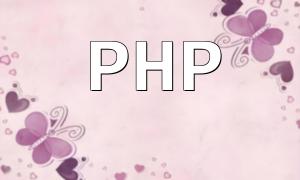PHP, which stands for “PHP: Hypertext Preprocessor,” is an open-source, cross-platform server-side scripting language. As a general-purpose scripting language, PHP is particularly suited for web development and can be easily embedded within HTML.
PHP has a low learning curve and is easy to pick up. It usually runs on Apache or IIS servers, executes efficiently, and has a wide range of applications.
PHP is a dynamically typed language, meaning variables do not need to have their data types declared beforehand. The variable types are determined at runtime, allowing developers to change variable types flexibly without worrying about static type constraints.
In PHP, variable types are dictated entirely by their assigned values rather than explicit declarations. Here is an example:
$a = "1"; echo $a; // outputs 1 $a = 1; echo $a; // outputs 1
In the above code, the variable $a is initially a string, then assigned an integer value while the variable name remains unchanged. This illustrates PHP’s core dynamic typing characteristic.
PHP supports creating classes and functions at runtime, a feature less common in many other languages. The following example demonstrates how to define a class dynamically:
class Person {
private $name;
private $age;
public function __construct($name, $age) {
$this->name = $name;
$this->age = $age;
}
public function getInfo() {
return "Name: " . $this->name . ", Age: " . $this->age;
}
}
$person = new Person("Tom", 32);
echo $person->getInfo();
This outputs “Name: Tom, Age: 32,” showing the ability to create class instances and call methods at runtime.
PHP also supports dynamic variable variables, which allow variable names themselves to be generated dynamically, offering great flexibility. Example:
$a = "hello"; $$a = "world"; echo $hello; // outputs "world"
Here, the variable $$a is interpreted as $hello, which is assigned the value “world,” demonstrating dynamic variables in action.
PHP is well-known for its ease of learning. Even beginners can quickly get started. Its strong community support provides abundant documentation, tutorials, and examples, significantly lowering the learning barrier. Numerous resources from beginner to advanced levels are available online for continuous skill improvement.
PHP has a wide array of development tools, commonly used and user-friendly ones include:
These tools feature intuitive interfaces and powerful capabilities to help developers write PHP code efficiently.
PHP syntax is clear and concise, making code highly readable. Here are some simple examples:
// Output "Hello world"
echo "Hello world";
// Check if variable is true
if ($isTrue) {
// perform some action
}
// Create an associative array
$person = [
"name" => "Tom",
"age" => "32"
];
These examples reflect PHP’s straightforward code style, where common tasks can be completed in just a few lines, making development easy to write and maintain.
In summary, PHP’s dynamic features and ease of learning have made it a widely used language in web development. Whether you are a beginner or an experienced developer, PHP provides a flexible and efficient toolset for various development needs. PHP is not only suited for web applications but also for desktop software and command-line tools, offering broad application prospects.


